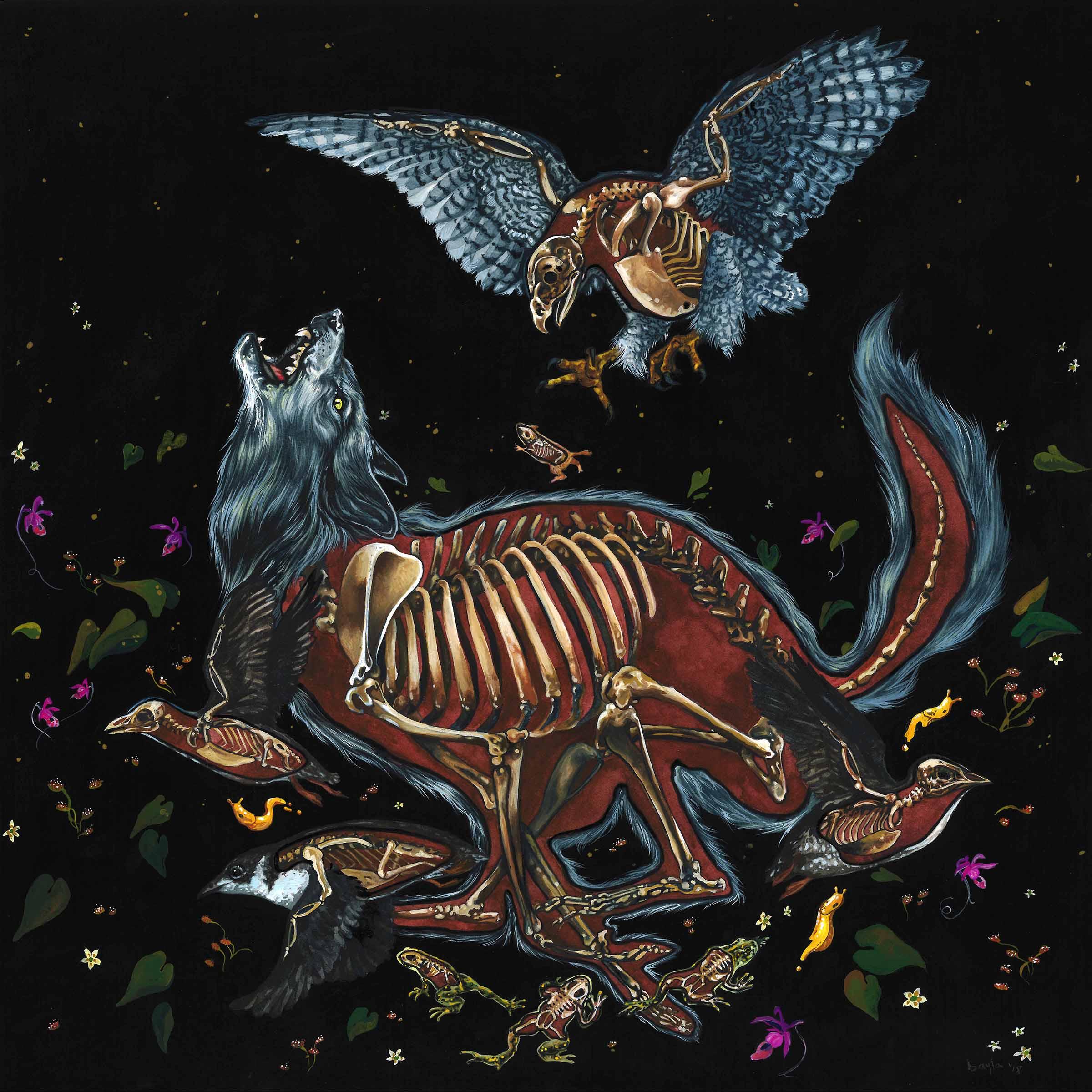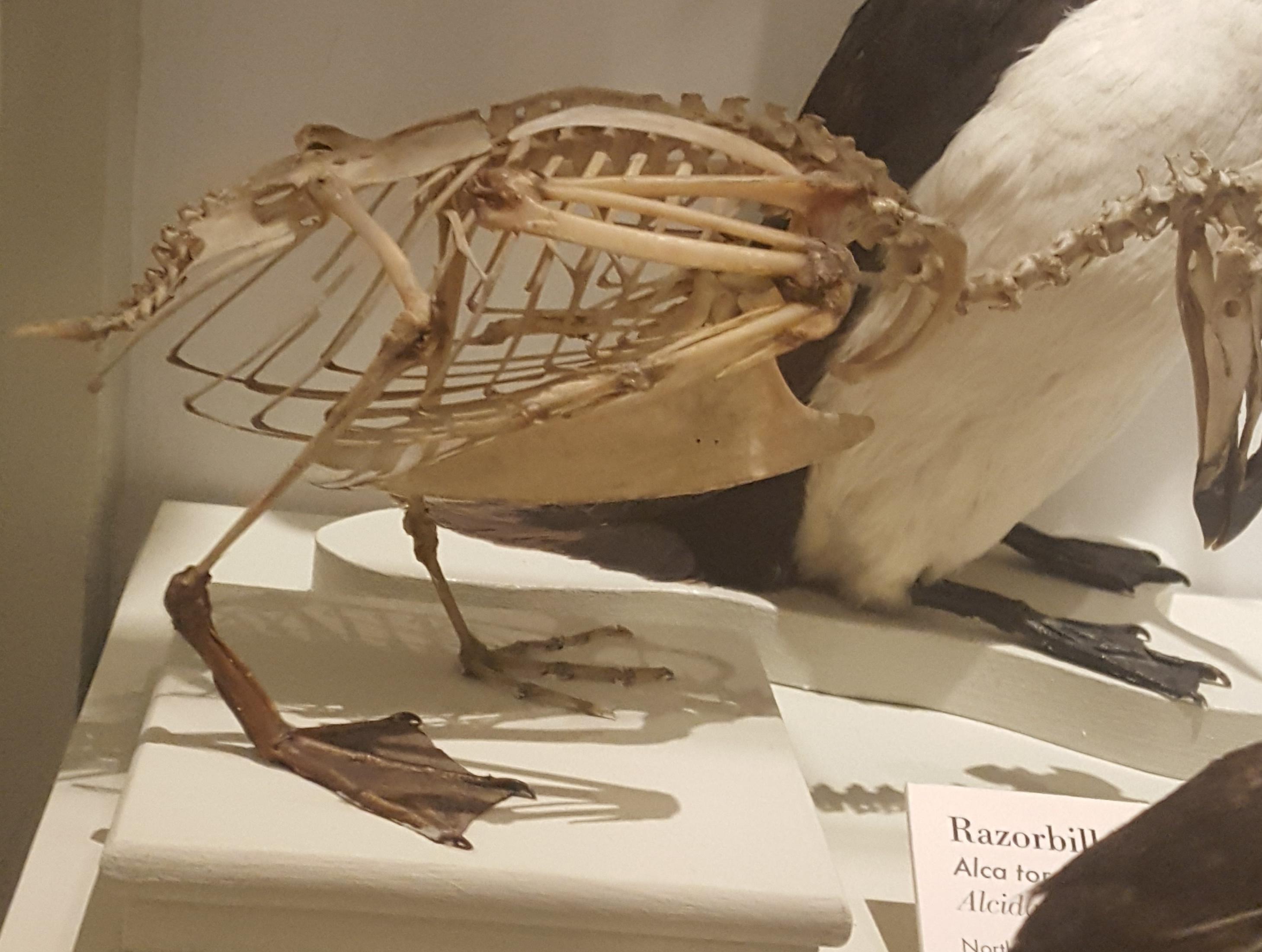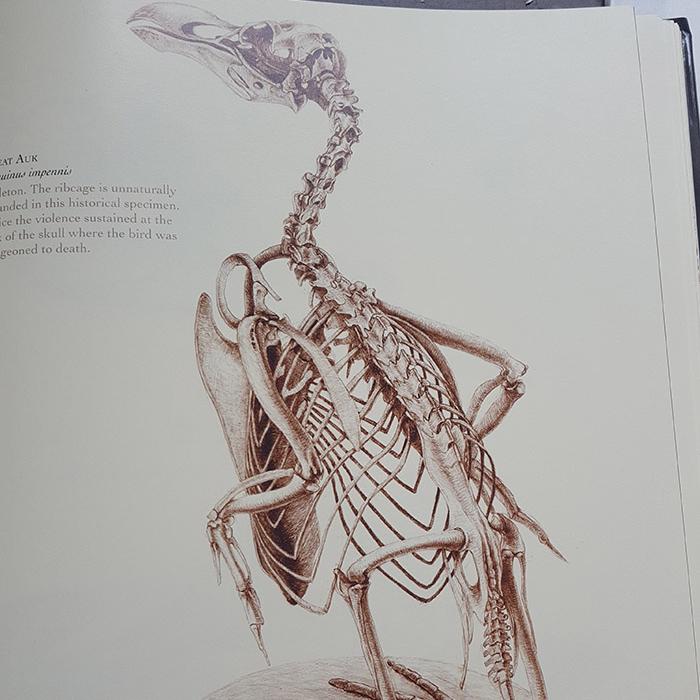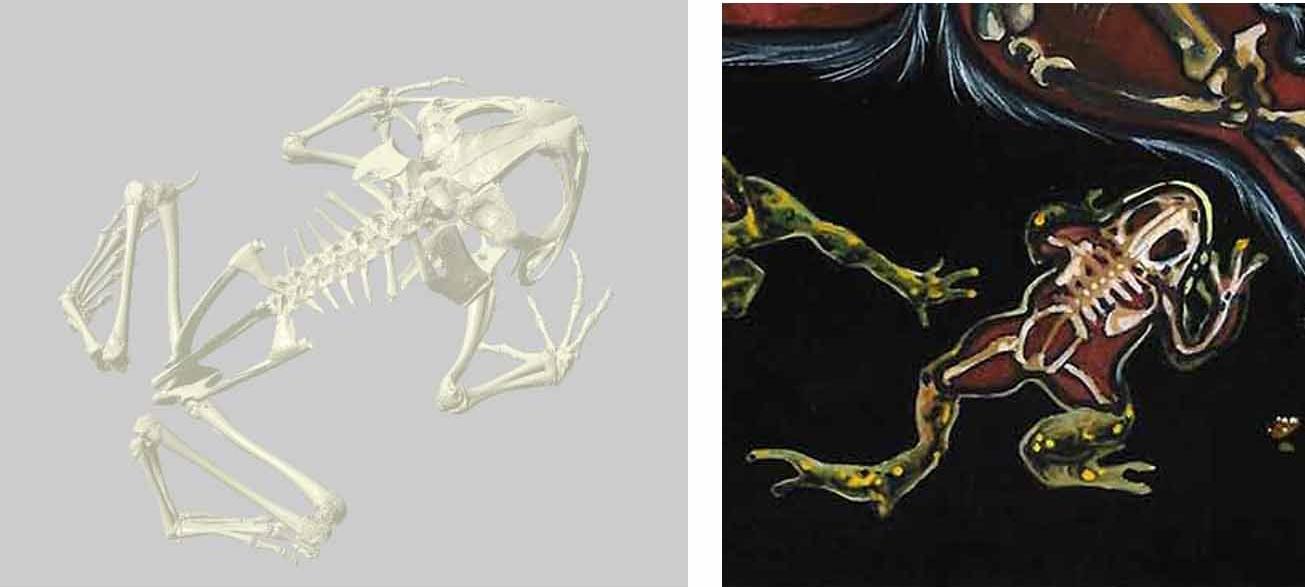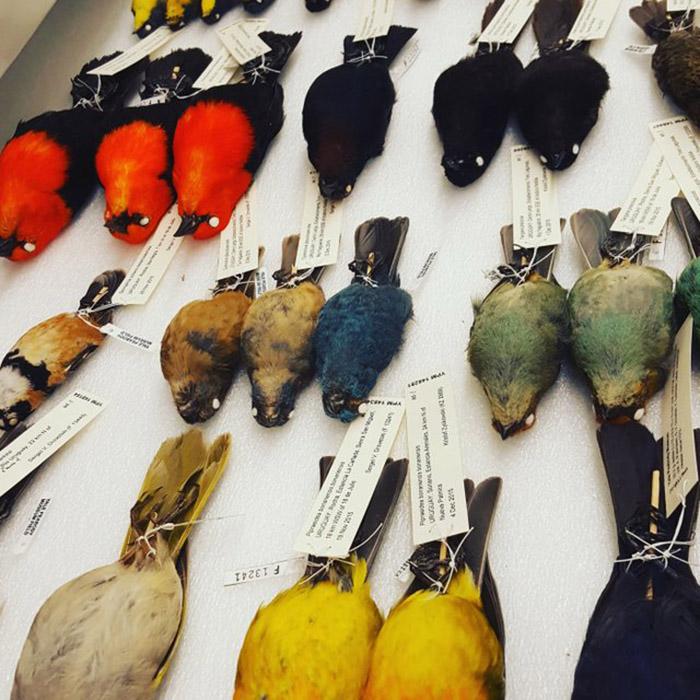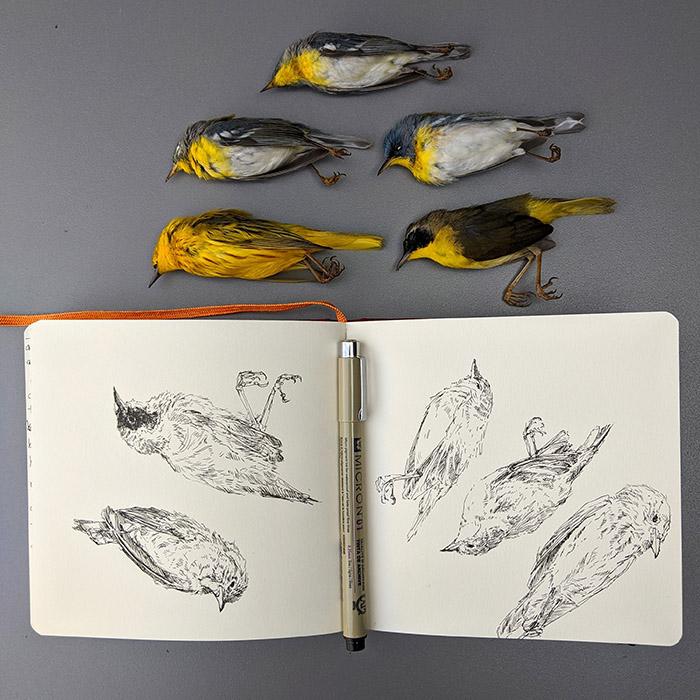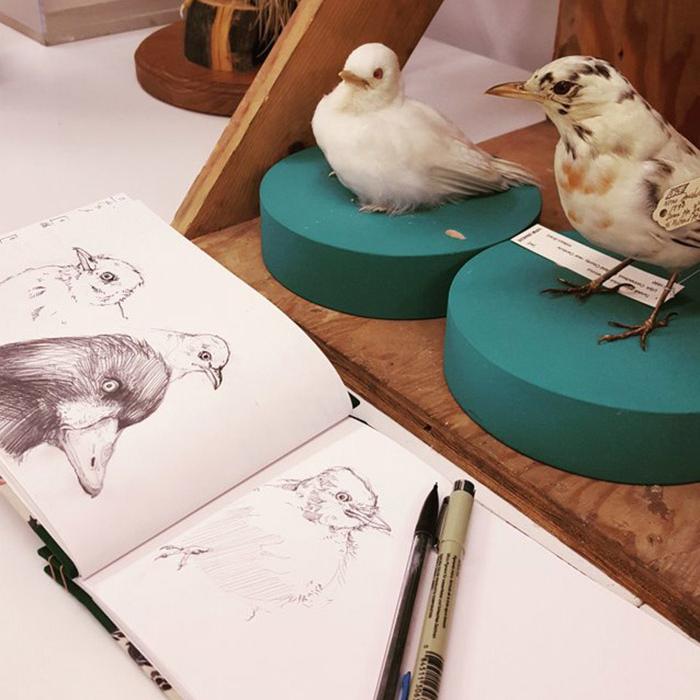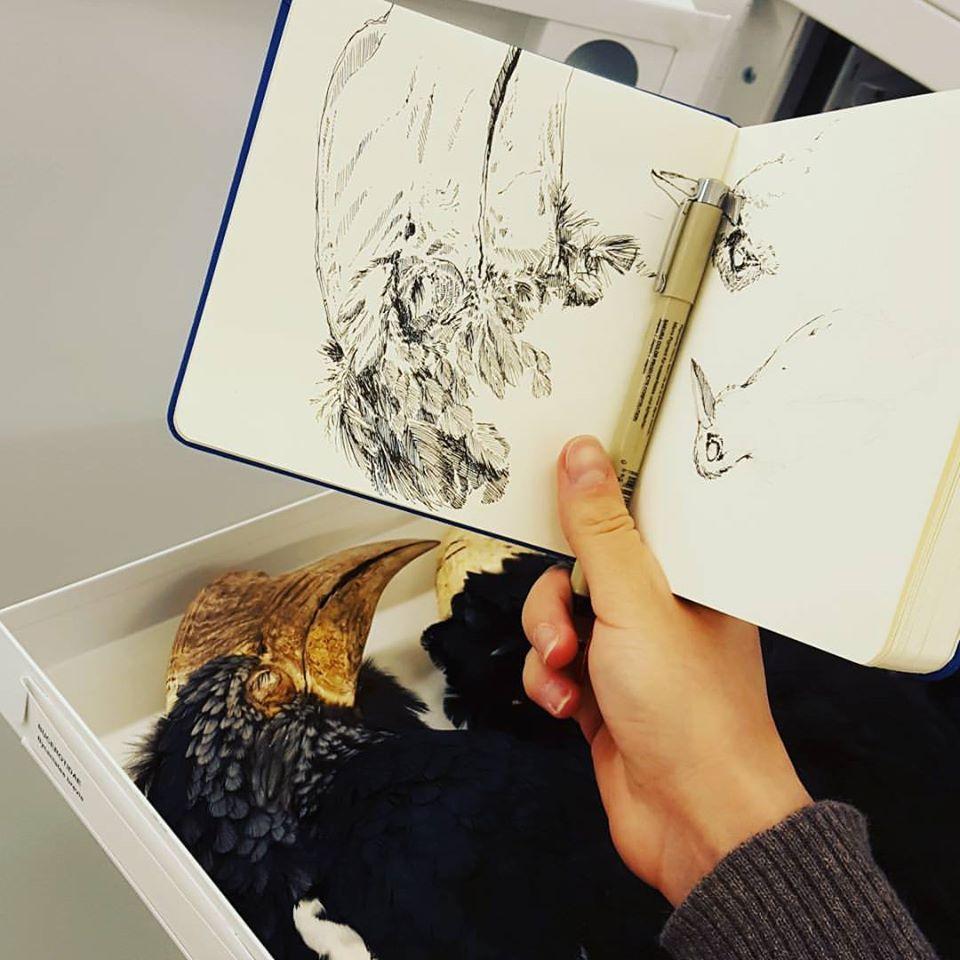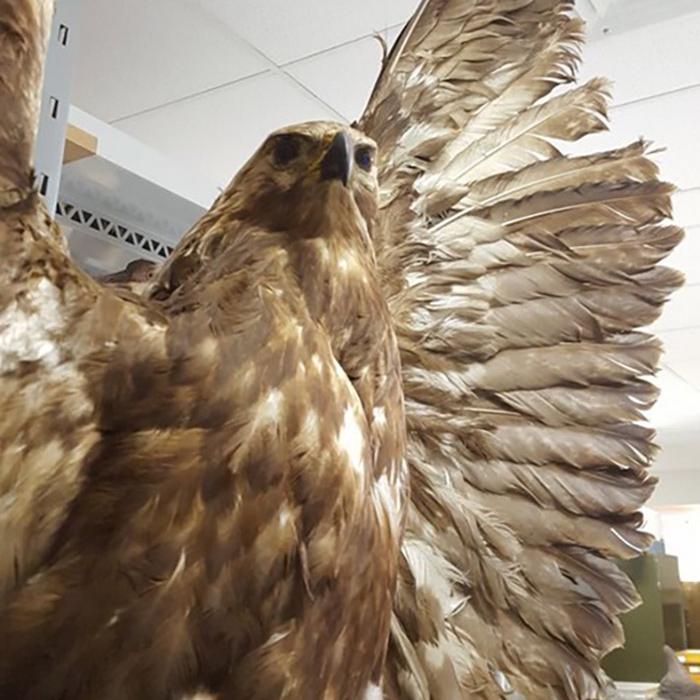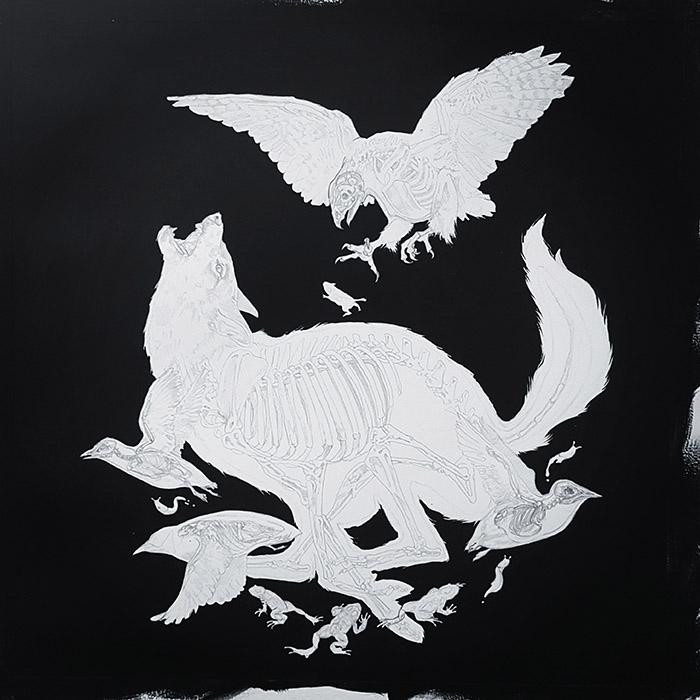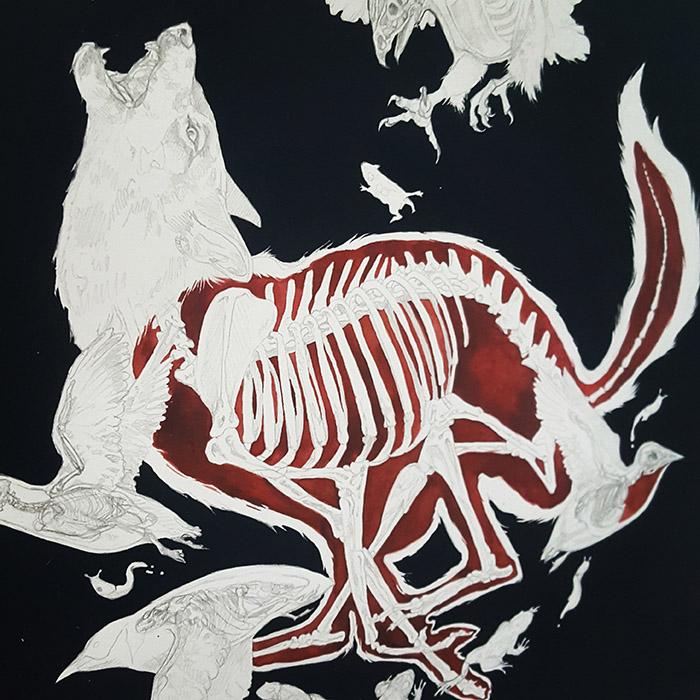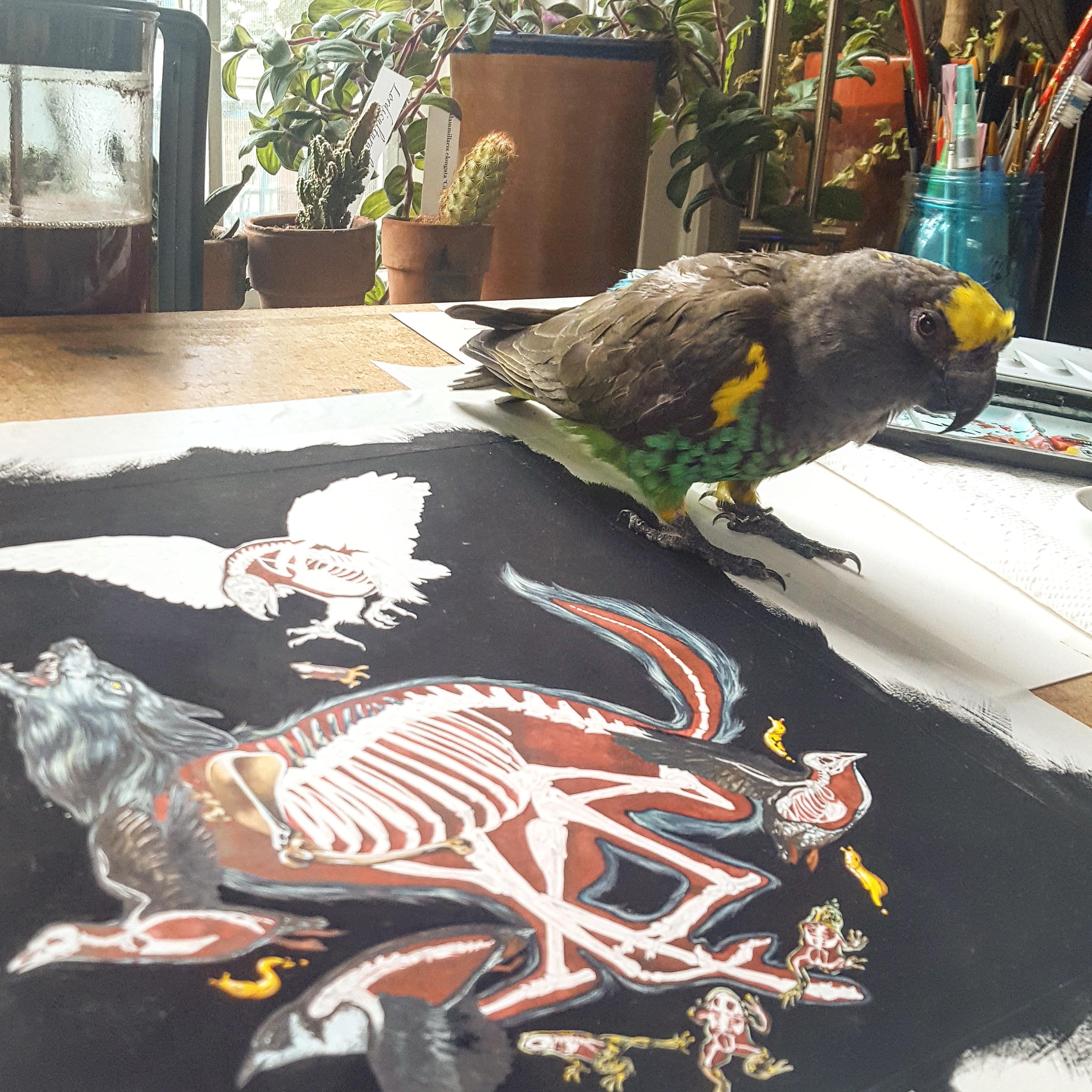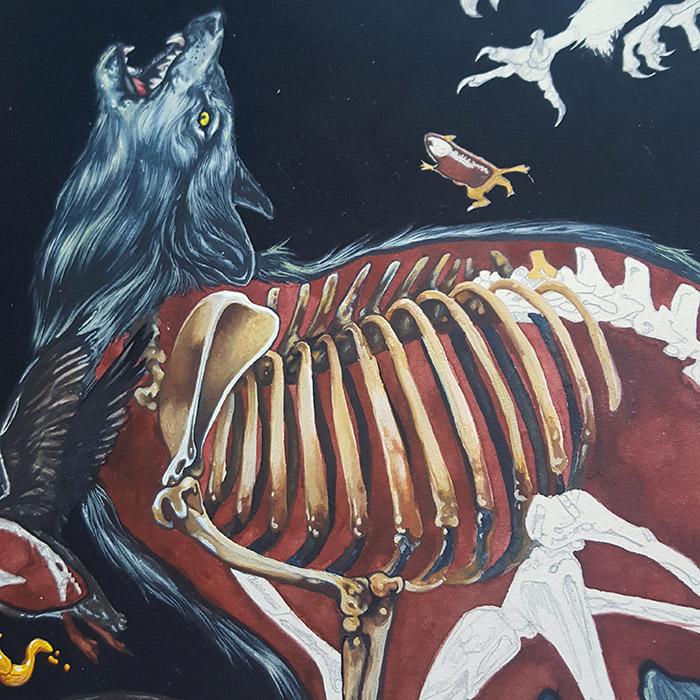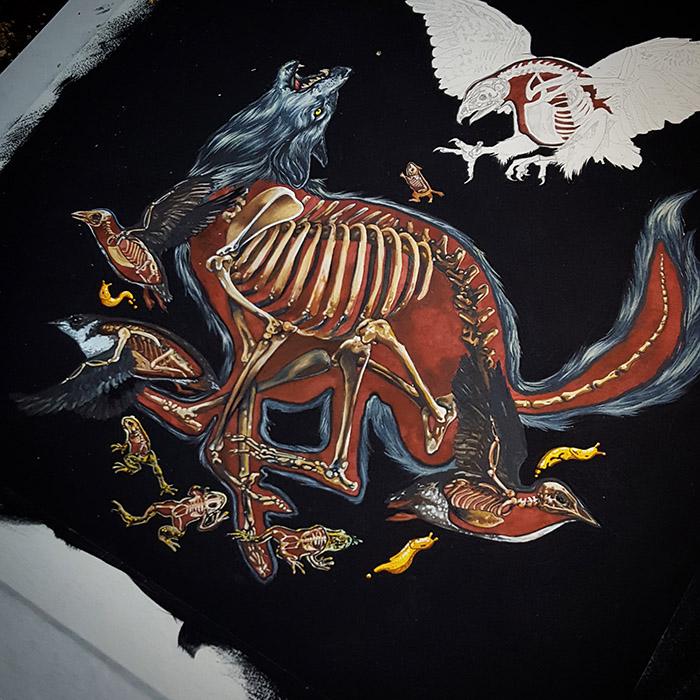Boreal Forest
There are only a handful of areas left in the United States that have been preserved to protect ecosystems and their inhabitants. Animals like the Boreal Toad, Alexander Archipelago Wolf, Banana Slug, Goshawk, Marbled Murrelet, and Red-backed Vole, and plants like calypso orchids, Shy Maiden, Deer Heart, and carnivorous sundews, are just a few obligate species of boreal forests, a vast ecosystem that stretches across the cold areas of the Northern Hemisphere.
My painting Boreal Forest was inspired by a 2015 paper (find it here), by researcher Matthew Dietz and his colleagues at the Wilderness Society and the University of Idaho, that gives the proportion of federal land in the U. S. National Wilderness Preservation System for each ecological subclass. I learned that only 25.9% of our boreal forests on federal land are designated as wilderness. The plants and animals in my painting represent the percentage of their habitat that is protected by the U. S. Wilderness Act of 1964. The remaining unprotected wilderness is represented by bone.
The Yale Peabody Museum of Natural History was an invaluable resource for the reference material I needed to bring this painting to life. For example, to help me understand the anatomy of the Marbled Murrelet (Brachyramphus marmoratus), I had help from Collections Manager Kristof Zyskowski, who allowed me to access and photograph a skull in the Peabody ornithology collection, where I was able to capture exactly the angle I needed for the painting.
A trip to the collections at the Harvard Museum of Natural History provided the chance to study an articulated Razorbill (Alca torda) skeleton. Though not a subject in my painting, because razorbills and murrelets are both birds in the family Alcidae, I was able to adapt the Razorbill’s anatomy as reference for the murrelet.
Using these specimens, and with help from Katrina van Grouw’s amazing book The Unfeathered Bird (Princeton University Press, 2013), …
I was able to bring the three Marbled Murrelets to life.
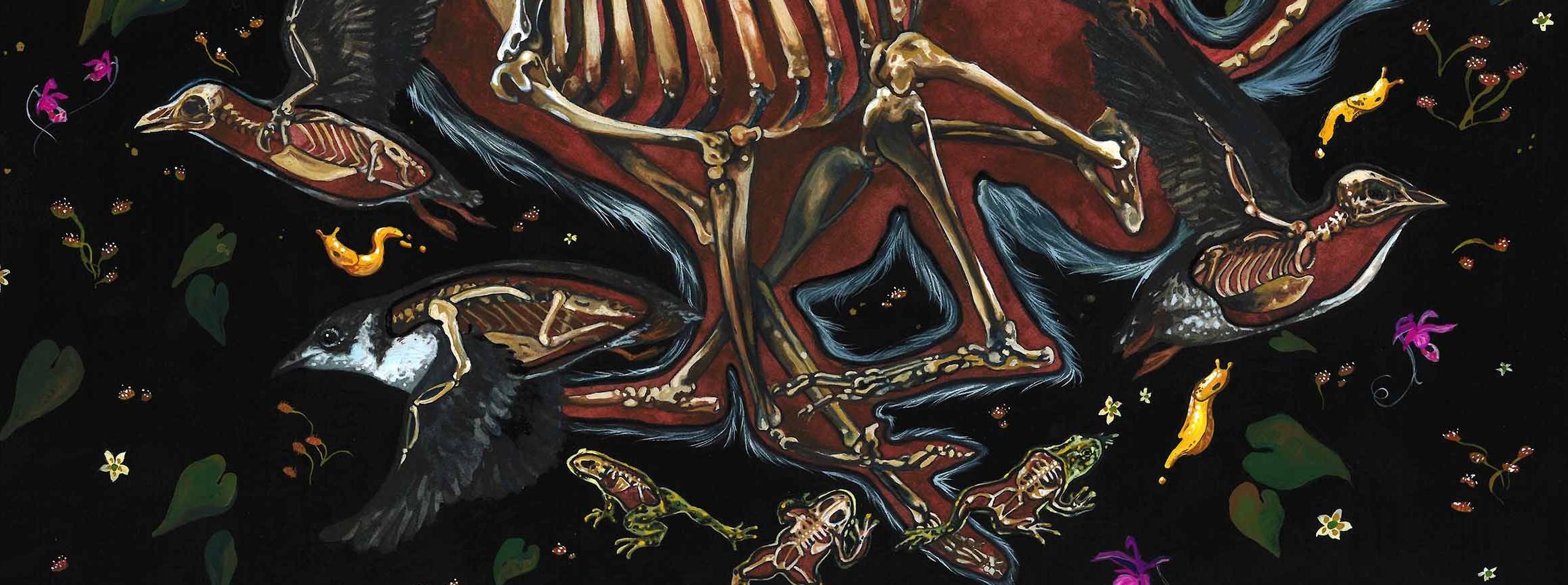
The Yale Peabody Museum contributes to MorphoSource, another great resource. This is a digital repository where researchers, museum curators, and anyone else can find, download, and upload 3D media of physical objects, most commonly biological specimens.
There were no examples of the Boreal Toad (Anaxyrus boreas boreas), but I did find the Fowler’s Toad (Anaxyrus fowleri), which has a similar bone structure. The perfect reference doesn’t always exist for artists, which is one of the reasons museums are so valuable. Learning about animal anatomy and what components you can take from different places to build what you need is an important skill, one that museum collections help foster.
There is so much to learn from simply practicing by sketching specimens. Hours spent studying how the feathers are arranged on birds of all shapes and sizes helps fill in the gaps when the perfect reference is not available for a particular subject in an exact position. Plus drawing from life is fun!
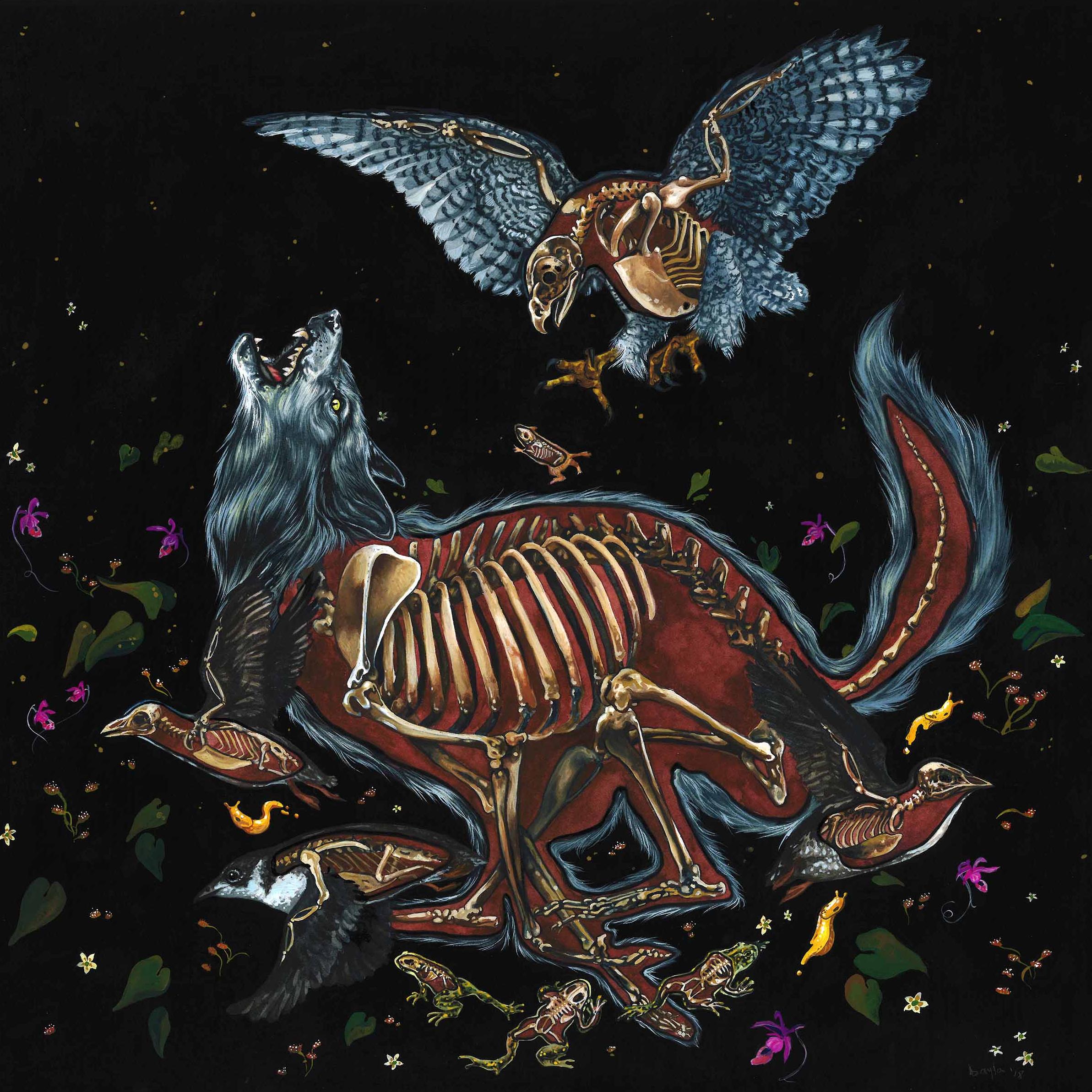
Boreal Forest
Bayla Arietta
Watercolor and gouache
10 inches x 10 inches (25.4 cm x 25.4 cm)
2018
To see more of Bayla's illustration work, please visit www.BaylaArt.com Instagram: @BaylaArt Twitter: @BaylaArt
